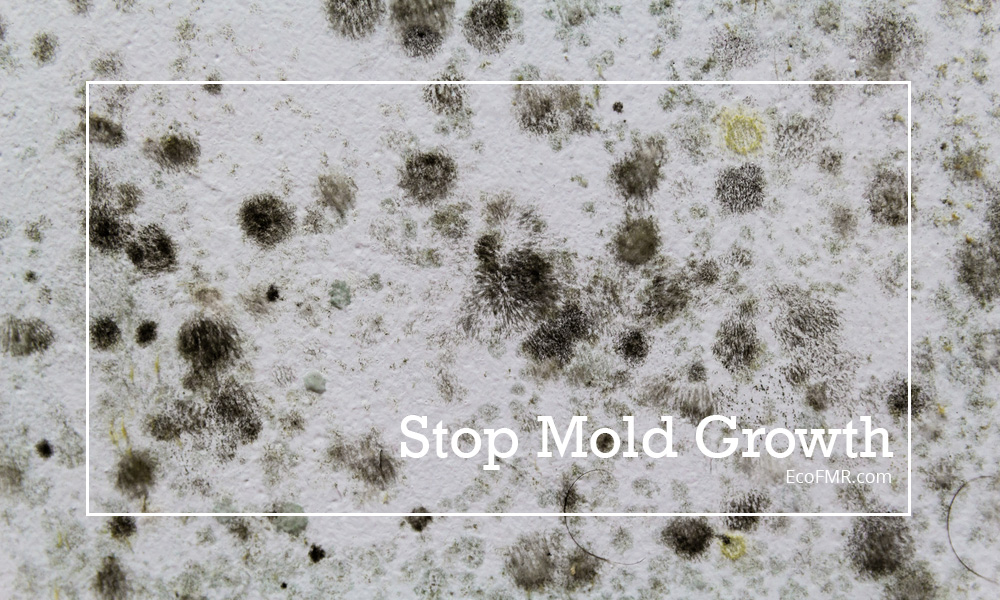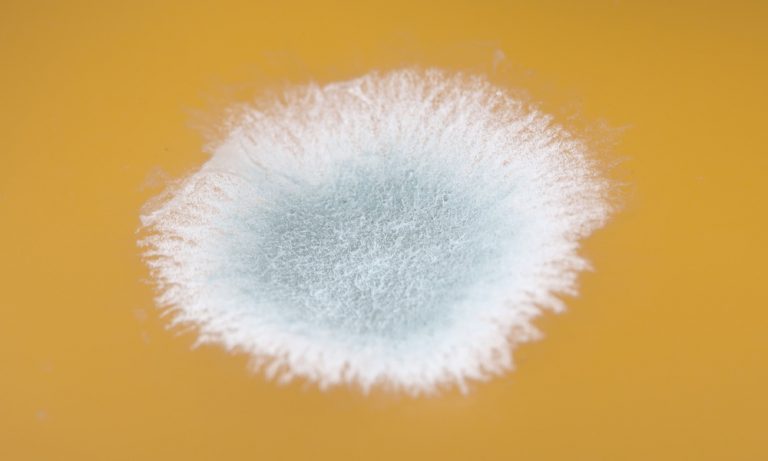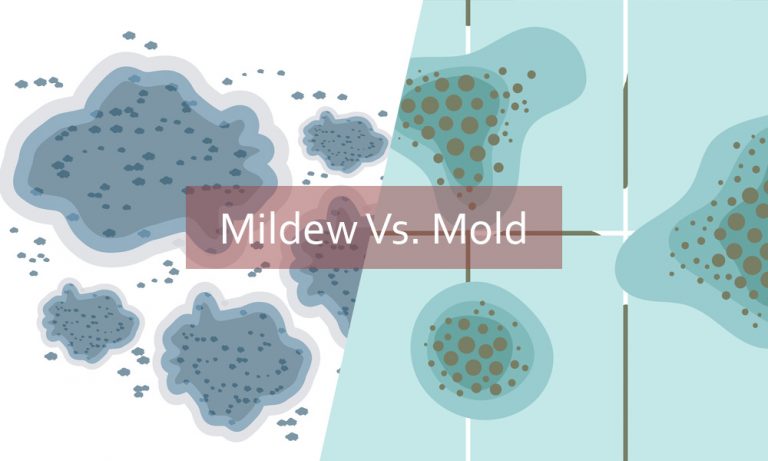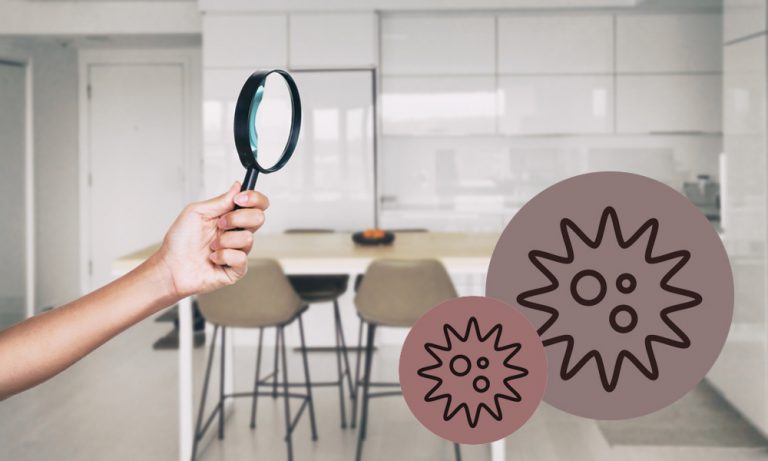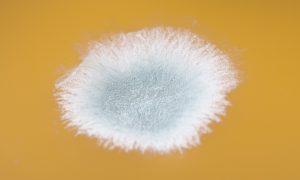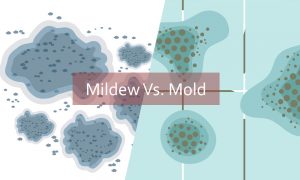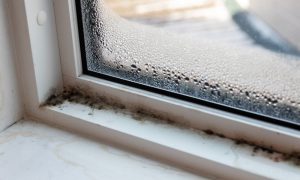Do you know you could be battling health issues related to mold without actually knowing about it? Studies have shown that molds can increase the risk of certain health conditions by up to 40%.
Since molds are a common component found in homes and workplaces, have you thought of protecting yourself from mold exposure’s adverse effects?
Mold causes several allergies and infections, and prevention is the best way to combat mold growth. Most experts agree that it is easier to prevent mold growth in your home or building than have it removed.
This article discusses what mold is, how it affects your health, and how you can prevent it from growing in your home.
- What is mold, and why should you care?
- Where does mold come from?
- Causes of mold
- The dangers of living with mold
- How to spot a mold growth
- How to keep your home mold-free and prevent it from causing harm to your health
Now let’s dive right in.
What is mold?
Mold is the common non-scientific name for different types of fungi found both indoors and outdoors. It grows on a range of surfaces, especially those that can hold moisture. Consider items like fabric, books, wood, even plastics, toys, glass, and cables.
They are commonly found on walls of buildings, in bathrooms (especially, ceilings and showers), windowsills, insulation materials, attic, ceiling tiles, basements (after a flood), havc, crawl space and furniture. Wherever they grow, molds often feed on the material they grow on.
Typically, mold growth appears as spots and in different colors like white, black, blue, and green.
Also read: White mold, although rare, can be seen within your property. Know how to get rid of white mold!
Why should you care?
Although it may seem like molds are just harmless fungi that cause discoloration of walls, molds can compromise the structural integrity of your building and make you sick.
They can destroy your house’s structure because they feed on their host materials like walls and ceilings. However, beyond damaging your building and reducing indoor air quality, inhaling mold spores can result in health issues for you and your family.
The big problem
A significant cause of concern is the resilience of the microscopic mold spores present in almost any indoor environment. The spores are responsible for mold reproduction and survive in places even molds cannot.
Once these spores land on a conducive spot (usually dark, warm and damp areas), mold begins to grow and spread to cover an entire area in just a few days.
In combating the problem of mold growth, the best method is to understand what is causing it.
Where does mold come from?
Molds do not just occur. They grow in damp areas where there is oxygen and a source of food.
The spores, through which molds spread, float in the air around us. This means molds can get into your homes or office buildings through open doorways, windows, heating vents, or air conditioning systems.
They can also hitch a ride on your bags, clothing, shoes, or pets and get carried into your home. You can hardly get rid of mold spores, no matter how much you clean. Nonetheless, this should not bother you as a large percentage of spores are sparse and harmless.
Molds will only grow and cause adverse reactions if the spores find an ideal place to land within the house.
Causes of molds
These are the most common reasons for mold growth in homes.
- Poor air circulation and faulty water source: Mold easily infests buildings that are not well ventilated or have a defective water source. Sometimes these could be a leaking pipe, drainage, or the roof.
- High humidity: If your home or workplace has higher humidity than average, it can support the growth and spread of microscopic mold spores.
- Areas susceptible to floods or standing water like basements create a good atmosphere for mold to generate.
- Molds grow best on wet cellulose materials such as cardboard, ceiling tiles, wallpapers, or other paper products. Wet clothing is a common mold breeder that usually goes unnoticed.
The dangers of living with mold
While mold is an integral part of our ecosystem that contributes to the natural waste disposal system, it can have potentially harmful effects when it grows in unwanted areas and is left unchecked. Mold exposure can make people sick, especially people who are sensitive or have allergies to mold. Read about mold exposure symptoms here.
An EPA and Berkeley Lab study confirmed that about 4.6 million out of 21.8 million people reported to have asthma in the US were attributable to mold exposure in the home. Not just people with asthma, children, and even adults could be at risk of adverse health issues if they experience long-term exposure to molds.
Who is more at risk of mold symptoms?
The following groups of people stand a higher risk of mold exposure symptoms:
- Infants and children
- Individuals with existing lung conditions
- Older people
- People who have allergies
- People with asthma
- Individuals with a compromised or weakened immune system
Illness caused due to mold
Various common illnesses and health conditions may be symptoms of mold growths in the home or workplace;
- Breathing and respiratory problems like wheezing or sneezing
- Allergies with symptoms such as itchy nose and throat, watery or red eyes, runny or blocked nose.
- Nausea
- Dizziness / fatigue
- Dry cough
- Common cold
- Sick building syndrome
- Headache and fever
Although several other factors may cause these health conditions, it is not abnormal that molds’ presence in the home worsens them. Mold allergies are sometimes similar to others like hay fever.
Which molds are dangerous?
There is no doubt that molds can jeopardize the state of your health if left untreated. They can also be very smelly and unsightly. But not all molds are dangerous.
Some of the common dangerous molds include;
Stachybotrys chartarum: This is popularly linked to flu-like symptoms. Although most molds are black, Stachybotrys is popularly called black mold or toxic mold. This type of mold is more dangerous to children and adults with underlying respiratory conditions.
Penicillium: Penicillium is associated with an increased risk of asthmatic symptoms and respiratory conditions. This type of mold is very common and can be found in the everyday environment or on materials with water fault. Penicillium often appears blue or green.
Fusarium: Another common harmful mold is Fusarium. It is found in damp places as well as on soil or plant debris.
Alternaria: Alternaria often causes allergies, and it mostly grows on cardboard pairs, beneath leaky sinks, in showers, warm environment, electrical cables, canvas and or damp indoor areas.
Aspergillus: This is one of the most dangerous types of mold. People who are sensitive to Aspergillus can develop a condition called aspergillosis. It is a severe reaction with different forms and various symptoms, including breathing problems, bloody cough, and weight loss.
There is also Chaetomium and Cladosporium, which are found in places where there is water damage.
How to spot a mold growth
Molds grow in different textures and colors. They can have a smooth, soft appearance, or they can be frizzy and rough. Most times, they appear just as a discoloration on a surface and usually give a musty smell.
You cannot see mold with your bare eyes in many instances, making it essential to consult mold removal specialists if you are unsure of mold growth in your building.
How to keep your home mold-free
The best way to keep mold out of your home or facility is to understand the causes of mold growth. This way, you can avoid creating an enabling environment for molds to grow in and around your building.
Do these to protect your home from molds;
- Avoid prolonged standing water or moisture.
- Repair faulty water sources.
- Observe routine inspection of your building for mold growth.
- Pay attention to any unusual musty smell.
- Avoid having tight sealed doors and windows that may lead to condensation.
- Control the humidity level within your home.
- Maintain proper ventilation.
- Use mild inhibitors before painting
- Dry fabrics properly before storing them
- Clean and wipe surfaces regularly
Contact an expert if you suspect there is mold in your home
An unpleasant musty smell is almost always a sign of mold growth. If you perceive such smell or spot mold growth in your building, you can rely on our mold remediation experts for quality mold removal service.
This article was originally published in Oct-2020 and was last updated in Oct-2021.
Author: Kenny

